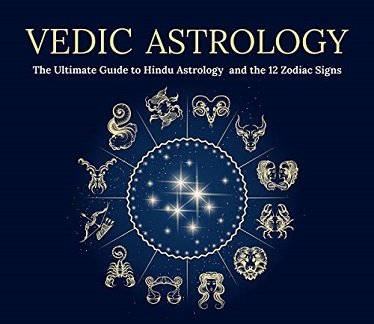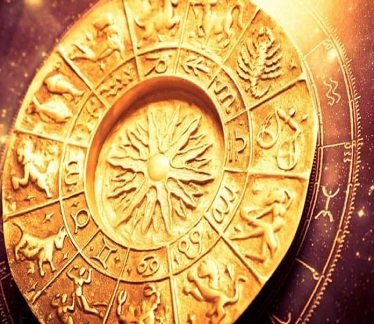
Vedic Astrology is an ancient Indian science which explains planetary motions and positions with respect to time and their effect on humans and other entities on earth. Vedic astrology can be traced thousands of years back. Early Vedic astrology was only based on the movement of planets with respect to stars, but later on it started including zodiac signs as well. According to Vedic astrology there are 27 constellations made up of 12 zodiac signs, 9 planets and 12 houses with each house and planet representing some aspect of human life. Depending on when a person is born, the 12 signs are distributed among the 12 houses and 9 planets are placed in various houses. This visual representation of the snapshot of the signs and planets is called a horoscope chart.



Vedic Astrology is nothing but interpreting the meaning of these arrangements as it applies to humans and other entities. Originally known as jyotish, or “the science of light,” Vedic Astrology is considered by many to be the eye of the Vedas, because it is meant to provide guidance to individuals who feel lost or confused on their life’s journey.
Types Of Vedic Astrology
Vedic Astrology (Jyotisha) has three main branches :
Siddhanta (Astronomy) – Astronomy & its application to astrology
Samhita (Mundane astrology) – Covers Mundane astrology, predicting important events related to countries such as war, earth quakes, political events, astro – meteorology, financial positions, electional astrology; house & construction related matters (Vastu Shastra), animals, portents & omens etc.
Hora (Predictive astrology) – It deals with the finer points of predictive methods, as distinct from Siddhanta and Samhita. The various aspects of hora are : Jataka Shastra, Muhurta or Muhurtha, Swara Shastra, Ankjyotish, Hasta Rekha, etc.
